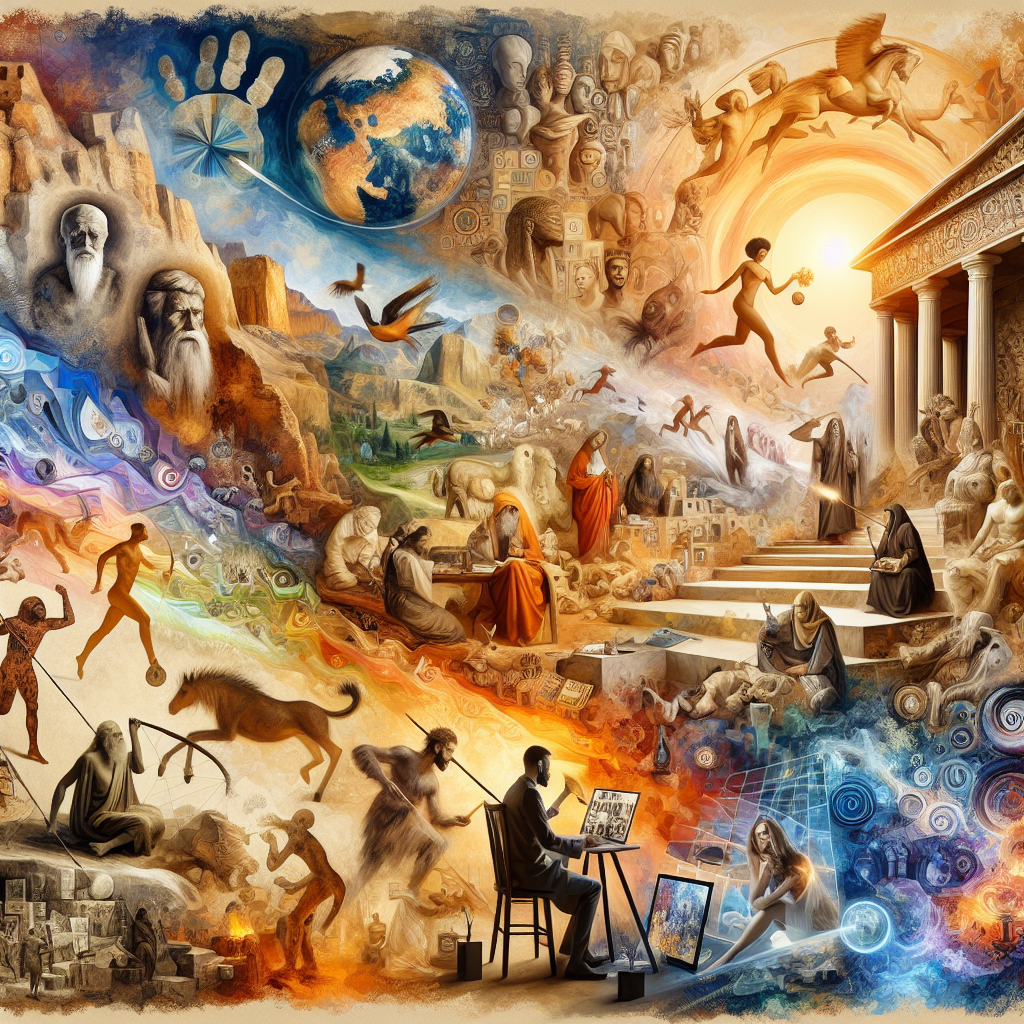The Timeless Canvas: How Art Has Shaped Our Humanity and Culture

From the ochre handprints in the Lascaux Caves to the vibrant strokes of modern digital art, the history of art is a compelling journey that reflects the evolution of human thought, emotion, and society. As we traverse thousands of years, we uncover how art has not only depicted life but has also influenced it. This article dives into the mesmerizing history of art, seeking to unpack its profound impact on our culture and identity.
The Dawn of Artistic Expression
Art began as a practical necessity; early humans used it to communicate and tell stories. The earliest forms of art—cave paintings and carvings—served as a means of documenting life, hunting scenes, and spiritual beliefs. These artifacts provide a window into our ancestors' world, showcasing their struggles, triumphs, and connection to the environment.
Art as a Reflection of Society
As civilizations evolved, so did their art. The grandeur of Ancient Egypt, with its monumental architecture and intricate tomb paintings, reflected the society's values and beliefs about life, death, and the afterlife. Similarly, the philosophical awakenings of Ancient Greece birthed a new era of art—where beauty and proportion dominated and artists like Phidias and Praxiteles created pieces that still resonate with audiences today.
The Renaissance: A Rebirth of Innovation
The Renaissance marked a revolutionary period in art, igniting a passion for realism and human emotion. Artists like Michelangelo and Leonardo da Vinci pushed boundaries, integrating scientific principles into their work. They didn't merely capture the physical world; they extracted the essence of human experience and intellect, shaping the cultural landscape in profound ways.
Modern Art: Challenging Conventions
The 20th century ushered in a wave of artistic movements that sought to redefine what art could be. From Impressionism to Surrealism, these artists rebelled against traditional forms, challenging viewers to experience art in new dimensions. Artists like Van Gogh, Picasso, and Dali introduced emotional depth, abstraction, and the subconscious into their works, reshaping our understanding of aesthetics.
The Impact of Technology and the Future of Art
In today's digital era, art is more accessible than ever, with technology enabling new forms and expressions. Digital art, virtual reality experiences, and social media platforms like Instagram and TikTok have transformed how we create and consume art. This democratization of art allows diverse voices to be heard, but it also raises questions about authenticity and the role of technology in art. As we look to the future, the interplay between tradition and innovation will undoubtedly continue to spark debates, inspire creativity, and evolve artistic expression.
Conclusion: The Enduring Value of Art
The journey through art history is not merely about aesthetics; it is a reflection of humanity itself. Art captures our collective memories, emotions, and aspirations, serving as both a mirror and a catalyst for change. As we appreciate the rich tapestry of artistic expression over the ages, we recognize the crucial role art plays in shaping our identities and connecting us across cultures and generations. The story of art is ongoing, inviting everyone to contribute their unique voices to this ever-evolving narrative.